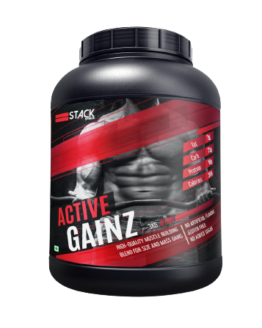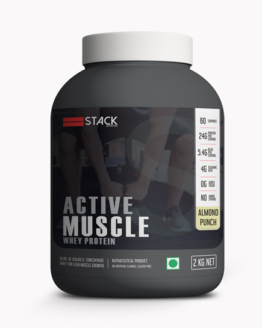With something as globally popular as Indian food, there are understandably a lot of misconceptions that come with it. We all know how delicious that full course Indian meal is and often tend to overlook the downsides associated with it. Let’s look at where all these problems start.
It all comes down to the staple food
Wheat, rice, and a variety of lentils are widely used in almost all parts of India. Rice is used as a base for many dishes in South India while Wheat and lentils are native to the North Indian cuisine. Typically in North India, food primarily consists of a ton of fat, cholesterol and starch. With dishes like curries and rotis, people are ingesting significant amounts of oil and carbs while being totally oblivious to the potential health risks associated with it. Almost everything has carbs, from rotis to desserts and a very common staple which is potatoes used almost everywhere. We Indians tend to focus a little too much on taste and are usually willing to compromise on quality and nutrition.
Here are some of the more specific problems with our cuisine:
– Lack of protein
Since our diet consists of primarily wheat and rice, we’re consuming a lot of carbohydrates and fat, making the country fatter. Of course, protein is necessary and is a vital requirement for the human body, but we continue eating unhealthy. Due to a lack of protein, the food we eat is largely turned to fat which accumulates and stays in our bodies. Yes, there are foods which give us the required protein like lentils and certain vegetables, but these are almost always paired with other items rich in starch (potatoes) and unsaturated fat.
– Oil everywhere
Indian cooking involves the use of excessive oil, butter and clarified butter. A very serious problem associated with this is that the oil which is used is reused again which increases the oil retention in food, adding to the already massive amounts of cholesterol. Additionally, when we reheat oil, they break down into trans fats. This results in inflammation, quickly becoming the primary factor behind lipid issues in our body.
Fried snacks is another different unhealthy category themselves and with its production being higher than ever, the manufacturers are disregarding the quality and turning up the taste factor, which involves a higher usage of oil and frying.
What are the ways one could eat healthily?
- Avoid fried snacks
The first step would be to decrease the intake of highly unhealthy food, such as samosas and potato chips for example. Replace them with healthier, more nutritious alternatives. Multigrains
2. Fruits: An alternate snack
Fruits are delicious, there are no two ways about it, and are undoubtedly one of the healthiest edible items on the planet. Why not snack on fruits instead? You get the taste and the insanely abundant nutrients they provide!
3. Roti vs Naan
A preferred choice would be whole wheat rotis as a naan contains 1000% more fat and twice as much calories as a roti. The choice should be obvious.
4. Multigrains
The addition of multigrains to the diet significantly increases the nutritional value as they are filled with dietary fibre and protein.
When looking for healthier options, you may also want to keep in mind the quality of the products you are buying. Since consumers have realised the importance of nutrition and quality eating, many organic food manufacturers are relying on adulterants to keep up. This is turning out to be counterproductive when it comes to health. Unfortunately, the most adulterated items are the ones consumed the highest such as milk, flour, pulses, oils and coffee.
Even many ice creams are not made of milk and are often made with vegetable fat, which adds to the already high-fat Indian diet. Thus, people should be very cautious when buying groceries and buy only from trusted sources to ensure the best quality.
Not only does the Indian cuisine has copious amounts of fat and cholesterol, but it also fails in providing enough protein for the body hampering with muscle growth. To add some protein to your diet, check out some of these efficient protein supplements from Stack Nutrition!

